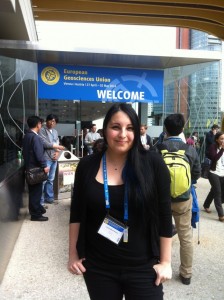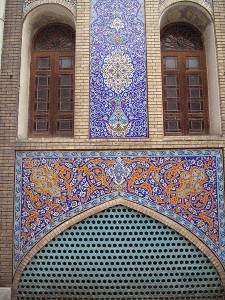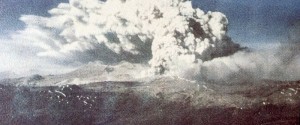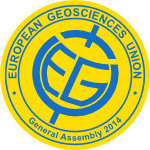 Tuesday was a seriously busy day! Again, I was in the situation where I found it difficult to choose which sessions to attend. I was spoilt for choice. There were a few highlights: an early morning session on geoethics and geoeducation proved to be an interesting experience whilst the session on geodynamics of the continental crust proved really relevant for my own research. I also attended my first ever press conferences and I thoroughly enjoyed the experience!
Tuesday was a seriously busy day! Again, I was in the situation where I found it difficult to choose which sessions to attend. I was spoilt for choice. There were a few highlights: an early morning session on geoethics and geoeducation proved to be an interesting experience whilst the session on geodynamics of the continental crust proved really relevant for my own research. I also attended my first ever press conferences and I thoroughly enjoyed the experience!
The Early Earth
We know little about the history of the early Earth and this is mainly due to two key factors: the lack of records for the early Earth and their complicated histories and range of compositional mixtures. Research presented at session GMPV5/GD2.4 on the Earth’s early crust suggests the Archean mantle was 200-300°C hotter than at present. Continental crust volumes were small and supported little topography as a result of also being hotter. Sea-level is related (amongst many other factors, of course), to the temperature of the mantle and is expected to have been higher than at present due to the elevated mantle temperatures. As a result, it is estimated that less than 5% of the crust was emerged during Archean times. One of the crucial questions about this period in the Earth’s history is: When did plate tectonics start and when did subduction being? Chris Hawkesworth (winner of the Robert Wilhelm Bunsen Medal) made the point that convergent margins do not produce a lasting record of crust generation and we might be better off looking in collision zones for the answers to these key questions.
The Core
Gaining understanding the workings of the Earth’s core was the main theme of session GD4.1/EMR/PS2.7. By developing
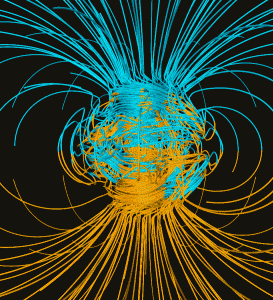
Credit: Wikimedia Commons,
Author: Dr. Gary A. Glatzmaier. This work is in the public domain in the United States because it is a work prepared by an officer or employee of the United States Government as part of that person’s official duties.
our knowledge of the Earth’s magnetic field we can make inferences about the Earth’s interior structure and interactions between the core and the mantle. The research presented in the session covered a number of time scales but the talk by Leah Ziegler linked in nicely with the talks I’d attended earlier on in the day and has implications for my own research. Newly published figures of thermal conductivity for the core suggest they are three times higher than previously thought and hint towards a largely adiabatic heat flow in the core. This implies that the core would be a relatively young feature appearing at about 3.0Ga. However, we have strong evidence (including the research I am presenting on Thursday, 1st May at Red Posters 15:30-17:00, Poster R112) from paleomagnetism that the Earth has a stable geomagnetic field since at least 3.48Ga. We’ve always assumed that the mantle is magnetically invisible, but perhaps this is an assumption we need to revisit. Is it possible that it could contribute to the magnetic field? Could it be that a large magma ocean, (which contributes a large number of radionuclides and is therefore a significant heat source), is a possible mechanism b which an early Earth magnetic field could be generated?
Geoethics & Geoeducation
As geoscientist we have to consider the social and cultural implications of our research and work. I’ve noticed this topic has featured quite prominently at the Assembly this year. The ideas of geoethics can be applied to all aspects of geosciences, from how we communicate and engage with the lay person through to how we approach natural hazards, exploration in Polar Regions and climate change. It also includes the promotion of our geoheritage and geodiversity and highlights the usefulness of geology and geophysics in everyday life. The International Association for Promoting Geoethincs (IAPG), affiliated with the International Union of Geoscientist (IUGS), is the body which promotes geoethics.
There is no dedicated Division at EGU that covers geoethics, geoeducation and public engagement, but there are a variety of sessions and splinter meetings which cover all three subjects. They often clash in the time table and coverage seems more prominent in natural hazard sessions. As Earth Scientist become more aware of their social responsibility and the need to disseminate and communicate their research, I wonder whether the time for a more concerted effort to support and promote geoethics might have come.

